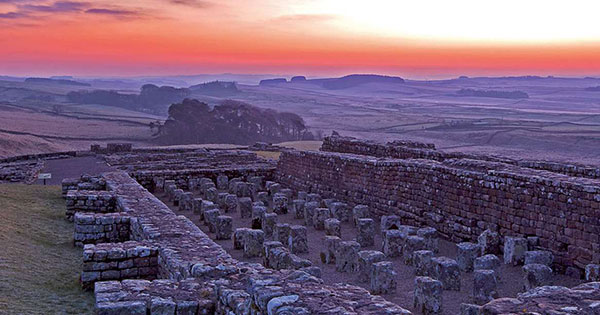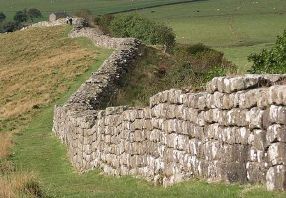The Roman Empire and Britain
It is well knowledge that the Roman Empire ruled over Italy and the Mediterranean region. Rome did, however, also dominate a large portion of Britain for almost 400 years. The region was known as Britannia.

The Roman Empire and Britain
Caesar Invades Britain
In 55 BC, Julius Caesar launched the first invasion of Britain. He landed on the Kent coast after leading two Roman legions over the sea. The initial invasion didn’t go very well. Before the winter arrived, Caesar went back to France.
Caesar made his way back to Britain in 54 BC, a year later, this time with a force of five Roman legions. This time, he was far more successful, reaching far into Britain and even managing to cross the River Thames. Once the British tribes agreed to pay tribute to Rome, he departed in peace.
The Romans Conquer Britain
About ninety years later, in 43 AD, Emperor Claudius made the decision that he had to establish his reputation by capturing a new territory. He made the decision to annex Britain. Four Roman legions, led by General Plautius, advanced into Britain. But conquering Britain was no easy feat. Rome took almost thirty years to conquer the southern portion of the island.
Hadrian’s Wall
The Roman Emperor Hadrian had a wall constructed across the center of England in 122 AD. Between northern and southern Britain, a fortified border was established by this wall. The wall stretched for 73 km. Its dimensions ranged from 10 to 20 feet in width to 20 feet in height. Over 10,000 soldiers are thought to have manned the wall at one stage. In addition to acting as a barrier against the barbarians in the north, the wall collected import and export duties.

The End of Roman Rule
From 43 AD until 410 AD, the Romans dominated Britain for almost 400 years. They departed from Britain in order to protect their native Italy from the barbarians, namely the Vandals and the Goths. In 476 AD, the Western Roman Empire fell.
Lasting Culture
Though they may have gone back to Italy, the Roman legions had a profound cultural influence on Britain. Roman infrastructure, including roads, aqueducts, and concrete, left a lasting impression on the British people. The Julian calendar, Roman laws and governance, and several Latin terms were among the other facets of Roman civilization that persisted in England.
The City of London
Around 50 AD, the Romans also founded the city of Londinium, which would later become London. The Romans constructed a vast network of highways across England, many of which passed through Londinium, transforming the city into a significant hub for trade.
In Londinium, the Romans erected a number of significant buildings, including temples, baths, a meeting basilica, and a governor’s palace. They erected the London Wall, a protective wall encircling the city, in 200 AD. The wall measured eight feet broad, twenty feet high, and almost three miles long.
Facts about the Roman Empire in England
- The Romans also built another wall across Scotland north of Hadrian’s Wall called the Antonine Wall.
- The first Roman city in Britain was Camulodunum. Today it is the town of Colchester.
- Many current cities in England were established by the Romans including London, York, Northwich, Dover, Bath, and Canterbury.
- Celtic priests called druids were outlawed by the Emperor Claudius. They were nearly wiped out by the Romans.
- In 60 AD a British tribal Queen named Boudicca started a revolt that included burning down much of Londinium.
The Roman Empire and Britain
Read also:The Wars and Battles of Ancient Rome
 The First Encyclopedia Your First Knowledge Home
The First Encyclopedia Your First Knowledge Home
